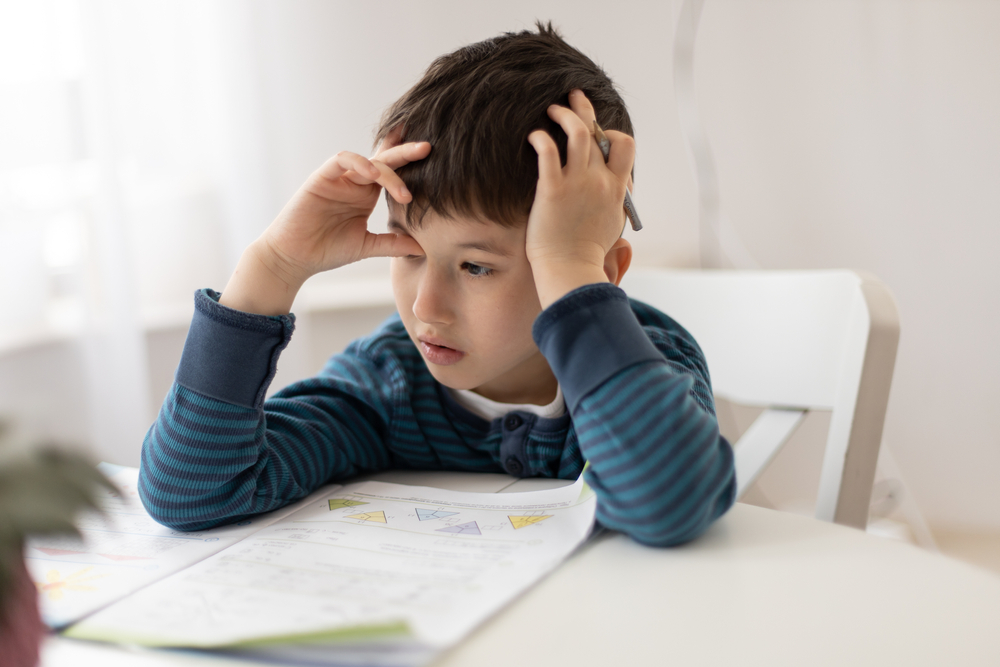
Children rely heavily on their vision to learn, play, and navigate the world around them. But because kids often don’t realize when their vision isn’t quite right, it’s up to parents to recognize the signs. Undiagnosed vision problems can lead to difficulties in school, behavioral concerns, and even delays in development. Knowing the signs that your child may need an eye exam can make a significant difference.
Common Signs Your Child May Need an Eye Exam
Squinting or Tilting the Head: If your child frequently squints or tilts their head to see things more clearly, it could be a sign of a refractive error like nearsightedness or astigmatism.
Sitting Too Close to the TV or Holding Devices Close: Children with vision problems often move closer to screens or books in an effort to see more clearly.
Frequent Eye Rubbing or Complaints of Tired Eyes: Eye fatigue and rubbing may indicate that your child is straining to see.
Headaches: Recurring headaches can be related to eye strain or uncorrected vision problems.
Difficulty Concentrating or Reading: Struggling to concentrate during reading or homework time might not just be a behavioral or academic issue. Vision problems can make it hard for children to follow along, skip lines, or lose their place while reading.
Avoiding Close-Up Work: If your child seems to avoid activities that require up-close vision, such as reading, coloring, or doing puzzles, they may be having difficulty focusing on nearby objects.
Covering One Eye: A child who covers one eye while reading or watching something may be experiencing double vision or may be compensating for a weaker eye.
Common Eye Conditions in Children
Several common eye conditions can affect children, often without obvious symptoms at first. Nearsightedness (myopia) causes distant objects to appear blurry, while farsightedness (hyperopia) affects near vision. Astigmatism can distort vision at all distances due to an irregularly shaped cornea. Another condition, strabismus (or crossed eyes), involves a misalignment of the eyes, which can lead to amblyopia (lazy eye) if not treated early. These issues can interfere with a child’s learning and development, making early detection through routine eye exams essential for maintaining healthy vision.
The Importance of Annual Pediatric Eye Exams
Vision is a key component of a child’s overall development. Regular eye exams ensure that your child’s eyes are developing properly and that any issues are caught early—before they affect academic performance or social development.
Even if your child doesn't show any signs of vision trouble, annual pediatric eye exams are still essential. Vision changes can happen gradually, and children may not always recognize that their sight has changed. Early detection can make treatment more effective, whether it involves corrective lenses, or monitoring changes in vision over time.
Schedule Your Child’s Eye Exam Today
Your child’s vision plays a vital role in their learning and everyday experiences. Paying attention to the signs of potential vision problems and scheduling annual pediatric eye exams can help set them up for success both in and out of the classroom. At West End Eye Care, we’re committed to helping your child see clearly and comfortably at every stage of development.
If you’ve noticed signs of vision problems in your child, schedule a pediatric eye exam at West End Eye Care. Visit our office in Hartford or Glastonbury, Connecticut. Call (860) 295-4300 or (860) 633-7889 to book an appointment today.








